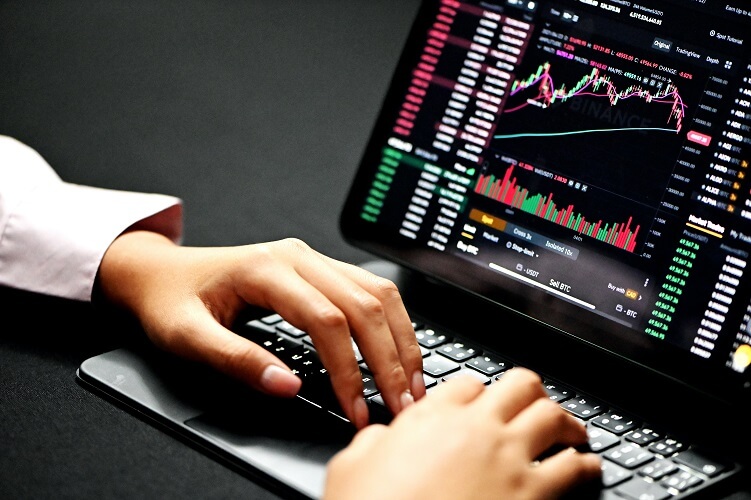Financial markets move all the time – even when they are closed. Consider the forex market, known as the largest market in the world, where trillions of dollars change hands every day.
It is a market open 24/5, meaning it closes Friday evening and opens again next Monday. But one should be careful about such statements as the market being closed over the weekend.
Events that might happen over the weekend will certainly influence the opening prices on Monday. Such events might be geopolitical (e.g., a G7 meeting ending with an unexpected statement) or economic (e.g., some Chinese economic data is released over the weekend).
Or both.
Also, elections typically take place over the weekend, when people have time to go out and express their opinion by voting. The results, based on polls, may impact the market on Monday.
Therefore, while “closed” over the weekend, the forex market remains sensible to what happens every day around the world. Hence, one needs to be sure she can access the right forex trading tools and resources. If not, one could join one of the best forex trading platforms in South Africa.
What Makes a Good Forex Trading Platform?
A trading platform serves as the interface through which traders interact with the market by placing orders. Once an account is opened with a brokerage house, the trader is provided with login credentials to access the trading platform and commence trading. In today’s fast-paced trading environment, speed is paramount, and technology facilitates lightning-fast order execution.
Every broker requires a trading platform, but not all platforms are created equal. An excellent trading platform should offer access to a wide range of markets. While a forex trader may argue that there is no need for the Dow Jones or WTI crude oil prices to be listed on the platform, it’s important to recognize that markets are interconnected. Volatility in the US stock market, for example, can impact the foreign exchange (FX) market. Similarly, commodity currencies like the Canadian dollar are influenced by fluctuations in oil prices.
Therefore, a trading platform must provide access to as many markets as possible to capture these interdependencies. The greater the variety of markets available, the better equipped traders are to navigate the complex dynamics of the financial world.
Furthermore, a good trading platform should offer a robust set of technical tools for chart analysis. Technical analysis has gained popularity as traders demonstrate its effectiveness in identifying market patterns and trends. To facilitate such analysis, the platform should grant access to historical prices, enabling traders to work with various timeframes and utilize a wide range of technical indicators such as Fibonacci ratios. These tools empower traders to make more informed trading decisions based on data-driven insights.
In summary, an effective trading platform should strike a balance between accessibility and functionality. It should be user-friendly and easily accessible, allowing traders to navigate and operate the platform with ease. Simultaneously, it should integrate as many markets and trading tools as possible, providing traders with comprehensive market coverage and a rich array of technical analysis resources. By meeting these criteria, a trading platform enhances the trading experience, empowering traders to make well-informed decisions and capitalize on market opportunities.
Image Courtesy: Supplied
